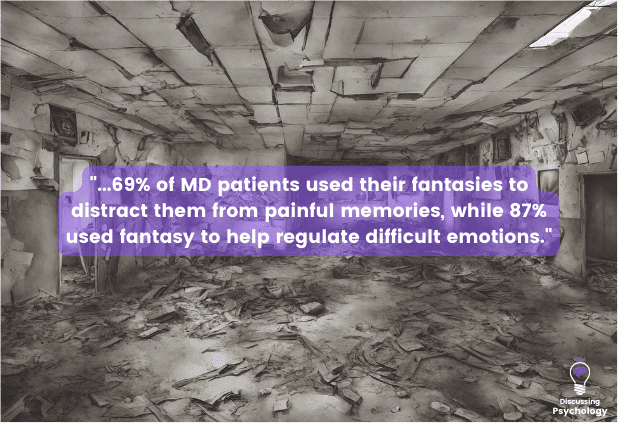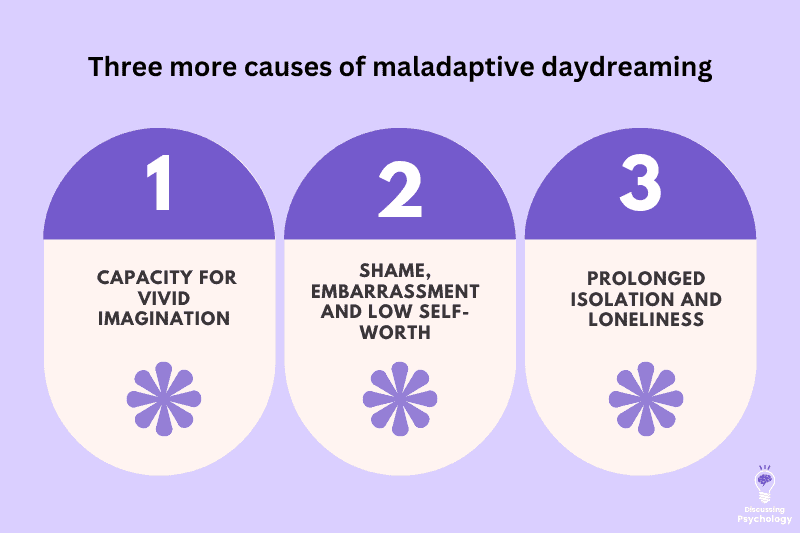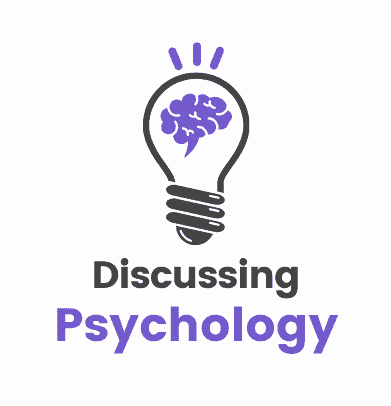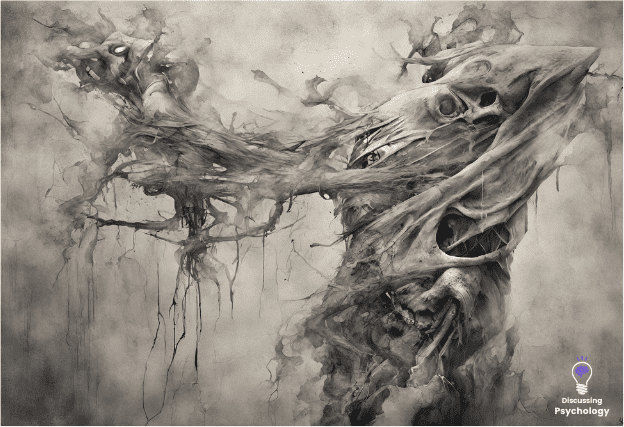When people are forced to withstand prolonged adversity or trauma, they instinctively create coping mechanisms to escape from their pain.
One coping mechanism that is gaining traction among researchers, is that of using fantasy and daydreams to deal with emotional pain.
When done excessively, this could develop into a condition known as maladaptive daydreaming (MD). But is trauma the root of all MD?
Is maladaptive daydreaming the result of trauma?
The simple answer would be yes. Research shows that maladaptive daydreaming (MD) most commonly arises as a coping mechanism in response to trauma.
This makes sense: A child going through horrific circumstances such as neglect or abuse can do very little to change or escape their hardship. And children are naturally imaginative.
So, it stands to reason that the one way a child can escape their trauma is by creating a fantasy life to ease the pain of their real life: They create a world where they control the outcomes and they don’t have to feel afraid or hurt.
This fantasy life serves as a crutch to help the unfortunate child through their adversity but quickly becomes a burden once they reach adulthood.
The habit of escaping into a rich and elaborate idealized fantasy world isn’t something one can easily shrug off, and many adults who engaged in daydreaming as children find themselves unable to stop as adults.

Not only does MD persist as a compulsive habit, but also, it is often used as a means of coping with the after-effects of trauma.
Our most painful experiences often live on, unresolved, in our minds, causing us to continue experiencing the fallout long after the traumatic events have ended.
When this occurs, daydreaming can offer a temporary respite.
One study found that 69% of MD patients used their fantasies to distract them from painful memories, while 87% used fantasy to help regulate difficult emotions.
If daydreaming reaches such extreme levels as to stop you living a normal life, a diagnosis of maladaptive daydreaming would be appropriate.
How trauma type can impact daydreams
So, we know that trauma can lead to MD as an unhealthy, all-consuming coping mechanism.
But we can go further than that and point to how specific traumatic experiences can shape the fantasy worlds into which we escape.
Idealized daydreams
As you may expect, people who experienced physical or emotional abuse in their household growing up gravitate towards daydreams about happier families.
They imagine idealized families where they are loved and valued, finding comfort and validation from their fantasy family that their true family never offered.
This trend suggests that daydreaming serves a deeper purpose than mere distraction. It can be seen as an attempt to meet needs in adulthood that were left unmet in childhood.
Darker fantasies
For some, daydreaming contains much darker themes than living an idealised version of their lives.
Some patients who have experienced emotional abuse as children daydream about topics including death, being the victim of physical violence, being a captor, being a rescuer, or being rescued.
Those who experienced sexual abuse reported daydreams about being the victims of sexual violence and held in captivity.
Why does this happen? Why would someone who has endured such painful events choose to daydream about such bleak subjects?
The research is still out on why exactly daydreams would revolve around these dark topics.
However, there have been suggestions that replaying traumatic experiences through daydreams could be a way to process painful memories and reduce distress.
Other causes

Clearly maladaptive daydreaming and trauma are deeply intertwined.
However, not everyone who goes through traumatic experiences becomes a maladaptive daydreamer. And not all daydreamers have experienced trauma.
There must be other factors at play.
Research points to several traits that mediate the link between maladaptive daydreaming and trauma: Without some or all of these factors present, the link does not exist.
Absorption
The capacity for vivid imagination is naturally a prerequisite for the development of MD.
Shame
Both living through trauma and being a maladaptive daydreamer can produce strong feelings of shame.
Shame is an important part of the cycle that keeps people trapped in unhelpful behaviors such as MD: You feel ashamed of how much you daydream, which creates a need to daydream in order to feel better, and thus create further shame.
Social isolation
Being isolated or anxious about social situations increases the need to daydream as a means for meeting one’s needs for intimacy while also providing one with plenty of alone time to devote to fantasizing.
Treatment options
Understanding the role of these mediating factors is critical because they suggest possible forms of treatment for maladaptive daydreaming.
Currently, there is no standardized or widely used treatment model for maladaptive daydreaming, but psychologists have been treating trauma, social anxiety, and shame effectively for decades.
With professional help, someone living with MD as a leftover from their traumatic childhood can learn to process the painful memories until those memories no longer affect them in the present.
Likewise, they can learn to overcome feelings of shame, develop a more positive self-image, and grow the confidence needed to engage more with the real world around them.
Once a patient is no longer haunted by the memories of their past, once they feel good about who they are and have a sense of connection to others, the need for MD as a coping mechanism starts to disappear.
- Ferrante, E., Marino, A., Guglielmucci, F., & Schimmenti, A. (2022). The mediating role of dissociation and shame in the relationship between emotional trauma and maladaptive daydreaming. Psychology of Consciousness: Theory, Research, and Practice, 9(1), 27–39. https://doi.org/10.1037/cns0000253
- Somer, E., Abu-Rayya, H., & Brenner, R. (2020). Childhood trauma and maladaptive daydreaming: Fantasy functions and themes in a multi-country sample. Journal of Trauma and Dissociation, 22(3), 288–303. https://doi.org/10.1080/15299732.2020.1809599
- Somer, E., & Herscu, O. (2017). Childhood trauma, social anxiety, absorption and fantasy dependence: Two potential mediated pathways to maladaptive daydreaming. Journal of Addictive Behaviors,Therapy and Rehabilitation, 06(04). https://doi.org/10.4172/2324-9005.1000170
- Tapu, M (2016, November 7). Maladaptive daydreaming. British Psychological Society. https://www.bps.org.uk/volume-29/december-2016/maladaptive-daydreaming

